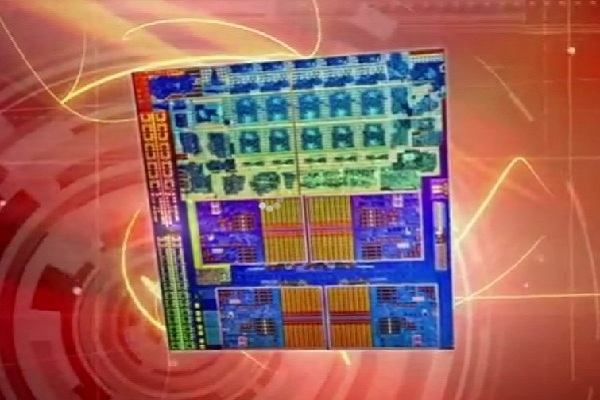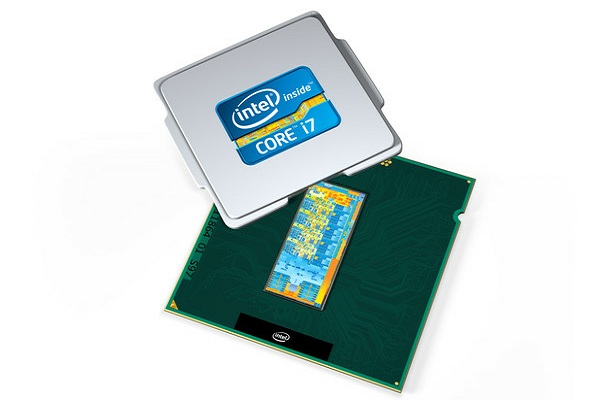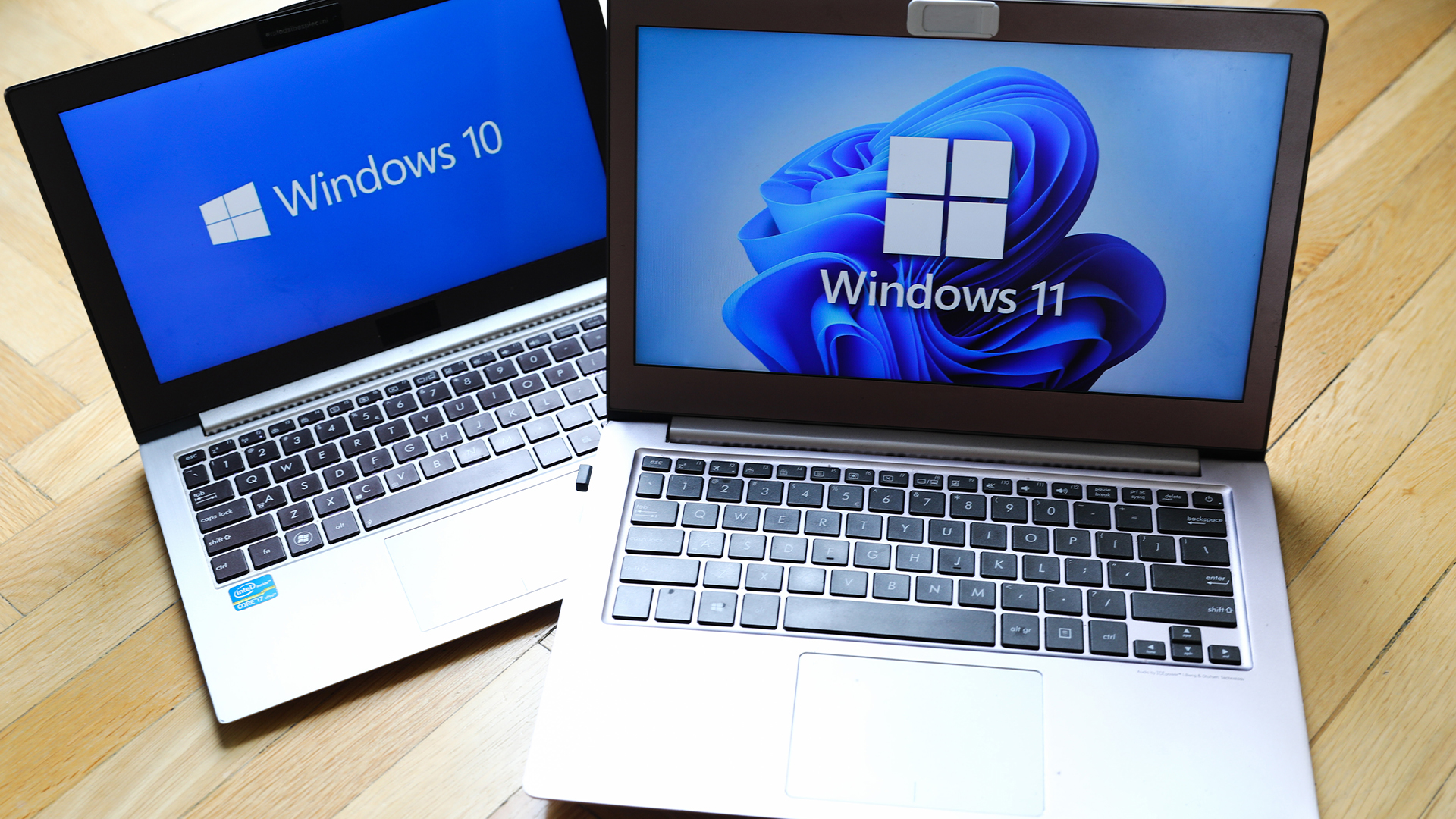Intel Ivy Bridge vs AMD Trinity head-to-head review
We compare the design, performance, business features, availability and price to see which chipset you should invest in.


Intel Ivy Bridge vs AMD Trinity

AMD Trinity

Intel Ivy Bridge

Lenovo ThinkPad X1 Carbon
The decline of desktop PCs and the emergence of laptops and tablets has led to Intel and AMD serving up chipsets geared towards mobile devices. With portable devices such as laptops and tablets being deployed in business environments, IT managers and employees have more choice than ever and buying device decisions are increasingly difficult.
IT Pro puts the latest offerings from Intel and AMD head-to-head to see which chipset is worth investing in.
Design
Both Ivy Bridge and Trinity are incremental upgrades. Ivy Bridge is the successor to Intel's Sandy Bridge architecture and is a "tick" upgrade in the firm's cycle. AMD's Trinity is also a tweaked version of last year's Llano and Brazos.
Architecturally, AMD's Trinity chips are more innovative out of the two. Rather than wheeling out a traditional processor, AMD's chips use a format the firm has been working on since its acquisition of graphics firm ATI back in 2005: the Accelerated Processing Unit or APU.
The idea is to strap a full-fat graphics processing unit to a proper processor. Intel has done this for a while, attaching its integrated graphics cores to its processors, but these units have been capable of handling little more than Windows applications and are not ideal for those working with graphic intensive programs.

AMD has taken a unique approach with its APU design and the result is a more balanced system
AMD is packaging full-scale Radeon graphics cores inside its chips or more precisely Radeon HD 7000-series graphics chips with a maximum of 384 stream processors. The chips inside APUs can hook up with discrete cards in Hybrid Crossfire mode, and they all support DirectX 11 and Shader Model 5 - the same standards supported by top-end discrete cards.
Sign up today and you will receive a free copy of our Future Focus 2025 report - the leading guidance on AI, cybersecurity and other IT challenges as per 700+ senior executives
This combination finds a balance between processing and graphical power, and Trinity ups the ante when compared to older AMD APUs.
Trinity chips have 1.3 billion transistors in place - almost two million more than the older chips - and there's support for faster 1,600MHz memory. The chips can now be dual or quad core, and Trinity parts come with TDPs of either 17W, 25W or 35W, which makes AMD's roster of parts ideal for use in everything from low-power business ultraportables to more powerful workstation machines.
Mike Jennings has worked as a technology journalist for more than a decade and has been fascinated by computers since childhood, when he spent far too long building terrible websites. He loves desktop PCs, components, laptops and anything to do with the latest hardware.
Mike worked as a staff writer at PC Pro magazine in London for seven years, and during that time wrote for a variety of other tech titles, including Custom PC, Micro Mart and Computer Shopper. Since 2013, he’s been a freelance tech writer, and writes regularly for titles like Wired, TechRadar, Stuff, TechSpot, IT Pro, TrustedReviews and TechAdvisor. He still loves tech and covers everything from the latest business hardware and software to high-end gaming gear, and you’ll find him on plenty of sites writing reviews, features and guides on a vast range of topics.
You can email Mike at mike@mike-jennings.net, or find him on Twitter at @mikejjennings
-
 Trump's AI executive order could leave US in a 'regulatory vacuum'
Trump's AI executive order could leave US in a 'regulatory vacuum'News Citing a "patchwork of 50 different regulatory regimes" and "ideological bias", President Trump wants rules to be set at a federal level
-
 TPUs: Google's home advantage
TPUs: Google's home advantageITPro Podcast How does TPU v7 stack up against Nvidia's latest chips – and can Google scale AI using only its own supply?
-
 Nvidia’s Intel investment just gave it the perfect inroad to lucrative new markets
Nvidia’s Intel investment just gave it the perfect inroad to lucrative new marketsNews Nvidia looks set to branch out into lucrative new markets following its $5 billion investment in Intel.
-
 Framework Desktop review: Modular design and ferocious AMD performance
Framework Desktop review: Modular design and ferocious AMD performanceReviews AMD's Ryzen Max CPUs debut in Framework's impressive modular self-build small-form desktop PC
-
 The US government's Intel deal explained
The US government's Intel deal explainedNews The US government has taken a 10% stake in Intel – but what exactly does the deal mean for the ailing chipmaker?
-
 US government could take stake in Intel as chip giant's woes continue
US government could take stake in Intel as chip giant's woes continueNews The move would see increased support for Intel’s manufacturing operations
-
 Dell says Windows 11 migration is a prime opportunity to overhaul ageing PC fleets – and AI devices are in the spotlight
Dell says Windows 11 migration is a prime opportunity to overhaul ageing PC fleets – and AI devices are in the spotlightNews The shift to Windows 11 means IT leaders can ditch old tech and get their hands on AI PCs
-
 AMD chief exec Lisa Su says its new Helios AI rack is a 'game changer' for enterprises ramping up inference – here's why
AMD chief exec Lisa Su says its new Helios AI rack is a 'game changer' for enterprises ramping up inference – here's whyNews The integrated hardware offering will feature upcoming AMD chips and networking cards
-
 AMD Advancing AI 2025: All the latest news and updates from San Jose
AMD Advancing AI 2025: All the latest news and updates from San JoseFollow all the news and updates live from AMD's latest Advancing AI conference
-
 What enterprises need to be Windows 11 ready
What enterprises need to be Windows 11 readySupported Hardware purchasing will play a key role in delivering success during the Windows 11 migration rush
